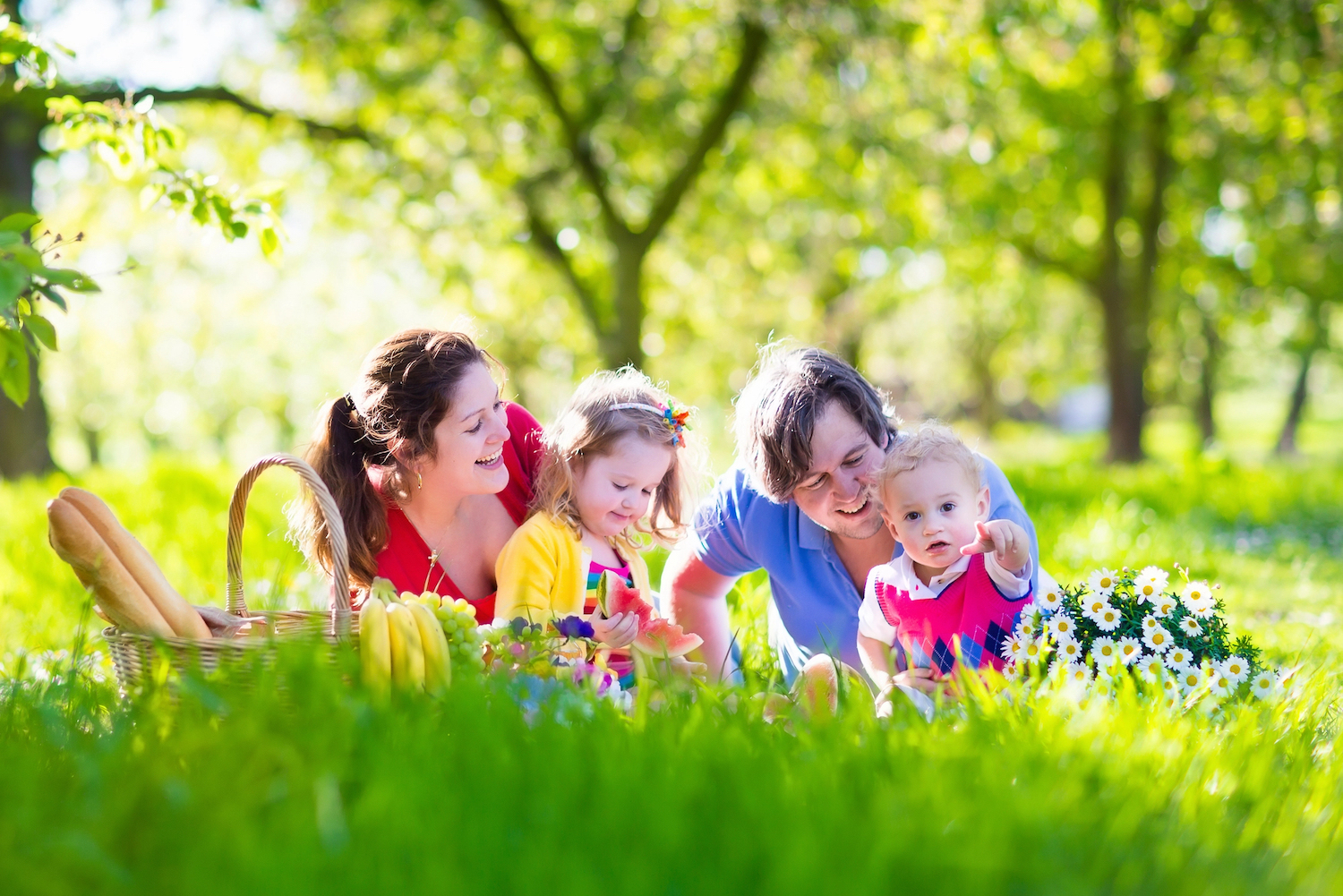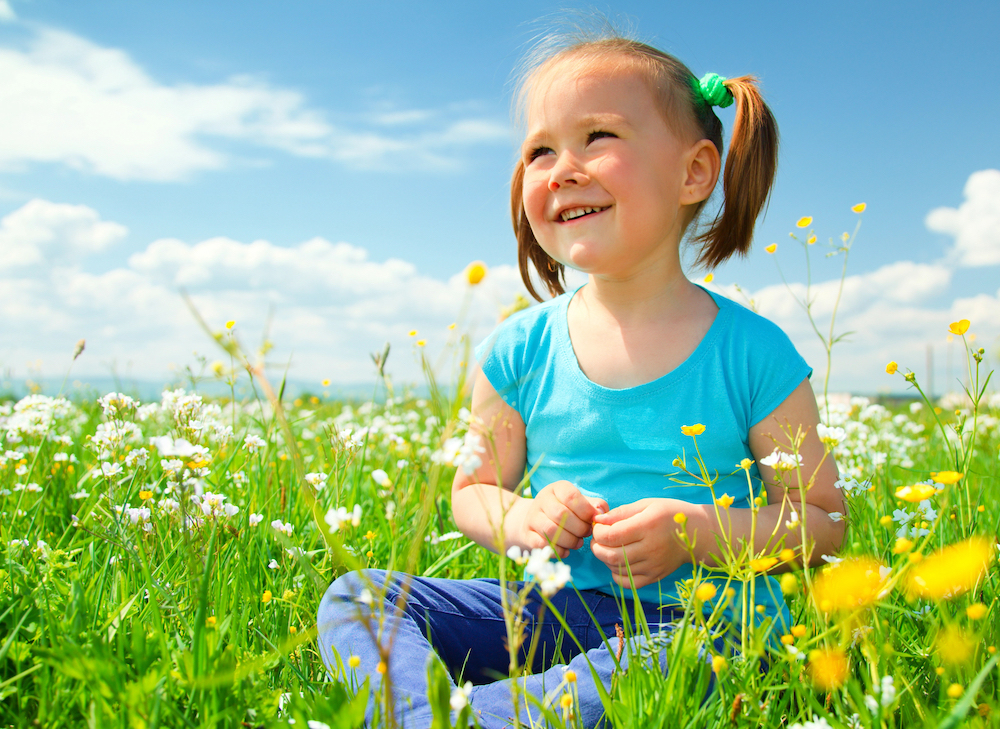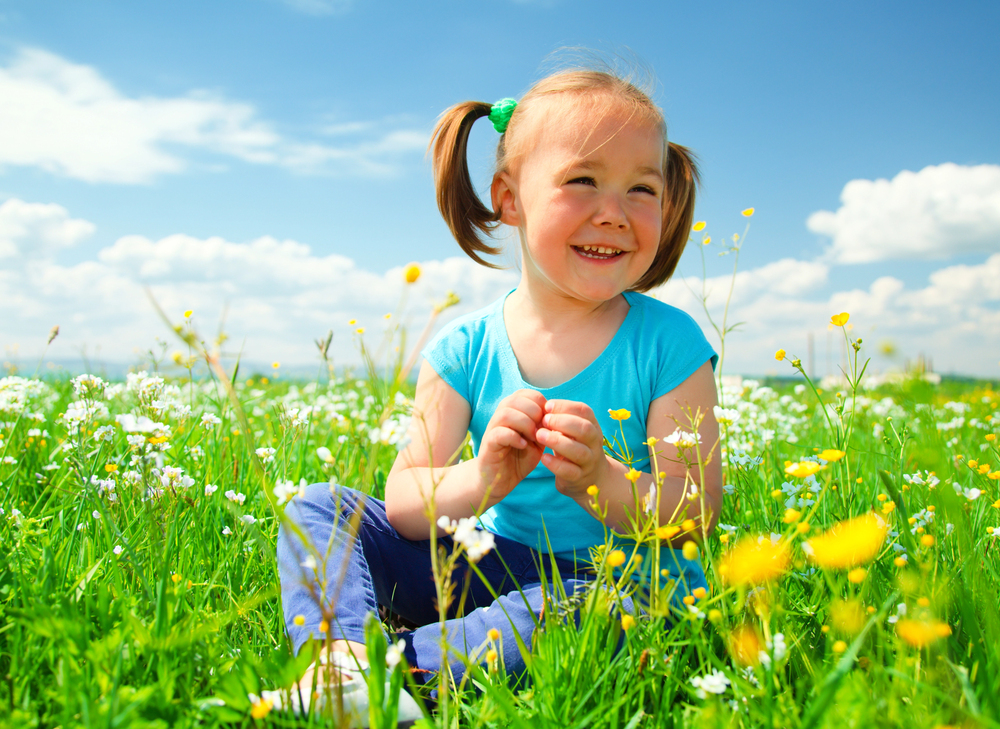Why Are Bees Important for Our Garden?
Bees are the unsung heroes of our gardens! 🌻🐝 Their role in pollination is essential for plant reproduction, making them crucial to the growth of many plants in your garden. As bees move from flower to flower collecting nectar, they transfer pollen, which helps fertilize the flowers and enables them to produce seeds and fruit. Without bees, many plants—including those we rely on for food—would struggle to reproduce, leading to a decline in biodiversity. 🌱🌍
Bees also have a significant impact on food production. Did you know that around 75% of flowering plants require pollination? 🥕🍎 From fruits like apples, strawberries, and blueberries to vegetables like cucumbers and pumpkins, bees are responsible for pollinating essential crops. If we want our food supply to thrive, we need to protect these incredible pollinators. 🐝💚
Which Flowers and Herbs Are Best for Bees?
Creating a bee-friendly garden means choosing the right flowers and herbs that will attract these essential pollinators and provide them with the nourishment they need. Bees are naturally drawn to colourful, fragrant blooms that offer nectar and pollen, which are their primary food sources. By selecting the right plants, you can transform your garden into a buzzing oasis for bees while also adding beauty and fragrance to your outdoor space. 🌸🐝
Colourful and Fragrant Flowers that Attract Bees
Bees love bright, bold flowers that stand out in the garden and signal a ready source of nectar. Here are some of the best flowers to attract bees:
-
Lavender: Known for its soothing fragrance, lavender not only attracts bees but also provides a lovely aroma that fills your garden. Bees are drawn to its purple flowers, and it’s easy to grow in sunny spots. 🌿💜
-
Sunflowers: These cheerful, yellow blooms are a bee magnet. Sunflowers are perfect for larger gardens and can also provide seeds for birds in the fall. 🌻🐝
-
Echinacea (Coneflower): With its vibrant pink petals and daisy-like appearance, Echinacea is a great choice for bees. It’s also a hardy perennial, meaning it will return each year, offering bees a steady source of nectar. 🌸💕
-
Bee Balm (Monarda): As the name suggests, bee balm is a bee favorite! This flower has a striking shape and comes in colors like red, pink, and purple. It’s also known for its medicinal properties, making it a great addition to herb gardens. 🌺🦋
-
Foxglove: Foxgloves are tall, showy flowers with bell-shaped blossoms that bees love to visit. They bloom in a range of colors, including pink, purple, and white, adding a touch of elegance to your garden. 🌸💜
-
Borage: This herb produces star-shaped blue flowers that are not only bee-friendly but also edible! Bees are attracted to its nectar, and you can use the leaves and flowers in salads or as a garnish. 🌱✨
Herbs that Provide Nectar and Pollen for Bees
Herbs are another fantastic addition to a bee-friendly garden. Many herbs produce small but highly fragrant flowers that bees adore. Here are a few herbs that are especially appealing to bees:
-
Thyme: When thyme flowers in late spring and summer, its tiny, fragrant blooms are irresistible to bees. Thyme is also a wonderful culinary herb, making it a practical choice for both your garden and kitchen. 🌿🌸
-
Mint: Mint plants are not only easy to grow but also attract bees with their small, spiky flowers. Whether you grow peppermint, spearmint, or chocolate mint, bees will happily visit them throughout the growing season. 🍃🌼
-
Basil: When basil goes to flower, it produces small white or purple flowers that bees are drawn to. Plus, basil is an essential herb in many cuisines, making it a useful addition to your garden. 🌿💚
-
Rosemary: This herb is a great option for both culinary use and pollination. Rosemary’s blue flowers bloom in early spring, providing early-season food for bees. 🌱💙
-
Chives: Chive plants have bright purple, globe-shaped flowers that are highly attractive to bees. They also grow well in most climates, making them an easy herb to include in your garden. 🌿💜
Tips on Planting a Variety of Species for Year-Round Bee Activity
A key to ensuring that your garden stays busy with bee activity all year round is to plant a mix of species that bloom at different times throughout the seasons. Bees are active in the spring, summer, and fall, so you’ll want to have a selection of flowers and herbs that bloom during these periods. Here’s how to keep your garden buzzing year-round:
-
Plant a Diversity of Species: Choose flowers and herbs with different bloom times. Some will bloom early in the spring, while others will bloom in the summer or even into the fall. This variety ensures that bees always have something to visit.
-
Group Flowers by Type: Plant flowers in clusters of the same species. Bees are more likely to visit groups of flowers in one spot, so grouping plants together helps them find nectar and pollen more easily.
-
Consider Growing Perennials: Perennials, such as lavender and Echinacea, return year after year. These are great long-term investments for your garden that will provide reliable food for bees.
-
Succession Planting: To maintain a continuous bloom, try succession planting. As one flower fades, another one can take its place, ensuring that your garden remains a reliable food source for bees throughout the seasons.
By choosing a variety of plants that offer nectar and pollen throughout the year, you’ll not only create a beautiful garden but also support bee populations, which are essential for the health of our ecosystems and food systems. 🌱🌻
How Can We Choose Native Plants for Our Area?
Choosing native plants for your bee-friendly garden is a great way to support local pollinators. These plants are adapted to the local climate and soil, making them easier to grow and more beneficial for bees.
Benefits of Using Native Plants
- Adapted to Local Conditions: Native plants thrive with less water and maintenance.
- Supports Local Pollinators: Bees depend on native plants for nectar and pollen.
- Biodiversity: Native plants help support a balanced ecosystem.
Resources for Identifying Local Plants
- Gardening Clubs & Groups: Local clubs can offer advice and plant swaps.
- State Databases: Online resources list plants suited for your region.
- Botanical Gardens: Visit local gardens for native plant info and recommendations.
Sourcing Native Plants
- Local Nurseries: Look for native plants at specialized nurseries.
- Seed Exchanges: Join community seed swaps for cost-effective options.
- Eco-Friendly Suppliers: Buy online from sustainable sources.
By choosing native plants, you’ll create a thriving garden that benefits both your bees and the environment. 🌿🐝
How Can We Ensure the Garden Is Safe for Both Kids and Bees?
Safety is a top priority for both kids and the bees that visit your garden. It’s important to create an environment that not only protects young explorers but also respects and nurtures the bees that are crucial for pollination. By taking the right precautions, you can ensure that both children and bees can enjoy the garden safely and thrive in harmony.
What Precautions Should We Take to Protect Bees and Children?
- Avoid Chemicals: Use non-toxic, natural methods to keep pests at bay. Chemicals can harm both children and pollinators, so choosing eco-friendly options helps protect the entire ecosystem.
- Regular Garden Maintenance: Check for hazards like sharp tools, overgrown plants, or uneven surfaces that could pose a danger to children. Regular upkeep ensures a safe space for exploration and play.
- Create Balance: Make sure your garden supports bees and other wildlife in a safe, sustainable way. This includes providing safe areas for kids to interact with nature while ensuring bees have access to nectar-rich flowers.
How Can We Avoid Using Harmful Chemicals in the Garden?
- Natural Repellents: Use plant-based repellents like neem oil or garlic spray to deter pests. These natural alternatives are effective and safe for both children and bees.
- Companion Planting: Planting herbs like basil, marigolds, and lavender can naturally repel pests without affecting the health of your garden or the bees that rely on it.
- Healthy Soil: Promote healthy soil by composting and avoiding synthetic fertilizers. Healthy soil encourages a thriving ecosystem where both plants and pollinators can flourish.
How Can Kids Safely Observe Bees in the Garden?
Observing bees can be a fun and educational experience for kids, but it’s important to do so safely.
What Safety Tips Should Kids Follow Around Bees?
- Maintain a Safe Distance: Teach kids to stay at least 3 feet away from busy bee areas.
- Stay Calm: Encourage calmness; sudden movements can startle bees.
- Wear Protective Clothing: Hats and long sleeves help prevent stings and offer protection.
How Can We Create Safe Viewing Areas for Kids?
- Designated Spots: Set up a quiet area where kids can observe without disturbing the bees.
- Use Barriers: Use simple fences or markers to define the safe viewing zone.
- Educational Signage: Include fun, educational signs to teach kids about the bees’ role in the garden.
What Are Some Easy Steps to Start a Bee-Friendly Garden?
A bee-friendly garden doesn’t have to be complicated! Follow these steps to create a welcoming space for bees and kids alike.
How Do We Plan and Design a Bee-Friendly Space?
- Choose the Right Location: Ensure your garden gets plenty of sunlight and has shelter from the wind.
- Design with Bees in Mind: Plan your garden layout so that plants and bee habitats complement each other.
- Consider Water & Soil: Bees need water and healthy soil, so make sure to include water stations and nutrient-rich soil.
What Materials Are Needed to Create a Bee Habitat?
- Bee Hotels: Use natural materials like bamboo or wood to build nesting sites.
- Eco-Friendly Supplies: Source compostable or recycled materials for your garden tools and supplies.
- Water Stations: Create simple water stations using shallow dishes with pebbles for bees to land on.
What Time of Year Is Best to Start Planting a Bee-Friendly Garden?
Timing plays an important role in a successful bee-friendly garden.
How Do Seasonal Changes Affect Bee Activity and Plant Growth?
- Bee Activity: Bees are most active in spring and summer, so plan your garden to coincide with their peak season.
- Planting Schedules: Check your local climate to determine the best planting times for bee-friendly flowers.
How Can We Teach Kids About the Role of Bees in Pollination?
There are many fun and engaging ways to teach kids about bees and their important role in the ecosystem. By incorporating hands-on experiences, interactive play, and creative storytelling, children can gain a deeper understanding of how these small creatures impact our environment, food supply, and the balance of nature. Teaching kids about bees not only helps them connect with nature but also instills a sense of responsibility in preserving these vital pollinators.
What Educational Activities Can Help Kids Learn About Bees?
- Interactive Games: Create games that simulate the pollination process, such as moving ‘pollen’ (yellow pom-poms) between flowers. These games can be adapted for different age groups and provide a playful way to understand the concept of pollination.
- Hands-On Activities: Have kids plant bee-friendly flowers and observe the pollination process. Watching bees at work in their own garden helps kids make a personal connection to nature while fostering an appreciation for how bees contribute to the environment.
- Use Visual Aids: Teach kids about bee anatomy with colourful diagrams and illustrations. This visual approach helps kids understand the important physical features of bees, like their wings, proboscis, and antennae, which all play a key role in pollination.
How Can We Use Storytelling to Explain Bee Behavior?
- Bee Tales: Share stories about bees’ daily activities, how they help our gardens grow, and how their busy lives benefit not only plants but the entire food chain. This can spark curiosity and a deeper appreciation for nature’s intricacies.
- Bee Characters: Include bees as main characters in books, puppet shows, or videos. These characters can have adventures, interact with other garden creatures, and teach kids about teamwork, hard work, and the importance of pollination.
- Creative Storytelling: Encourage kids to create their own bee-inspired stories or drawings. This can enhance their creativity while reinforcing the lessons about bees and the ecosystems they support.
What Outdoor Adventures Can Encourage Bee Exploration?
Taking kids on outdoor adventures can further spark their curiosity and love for bees.
- Nature Walks: Go on nature walks to observe bees in their natural habitats. Look for bees in wildflowers, fruit trees, or other pollinator-friendly plants. It’s an excellent way for kids to see the importance of preserving these creatures.
- Botanical Gardens: Take a trip to local botanical gardens or bee sanctuaries where kids can witness bees in action. These outings offer hands-on learning experiences about bee behaviour, habitats, and conservation efforts.
- Bee Workshops: Host outdoor workshops or participate in community events that focus on bee conservation. These workshops often include educational talks, hands-on activities, and even the chance to meet beekeepers, giving kids a deeper understanding of bee behaviour and its role in our ecosystem.
By incorporating these steps and activities, you can create a bee-friendly garden that is not only educational and fun for kids but also helps foster a greater appreciation for pollinators and their vital role in our world! 🐝🌼









